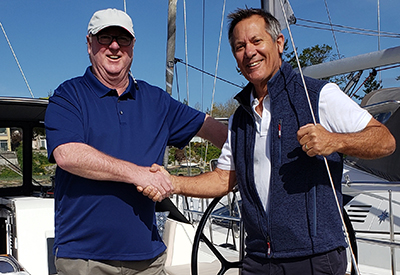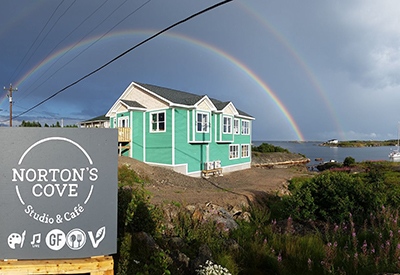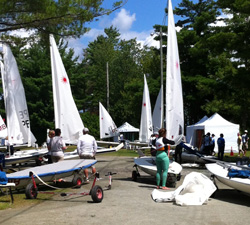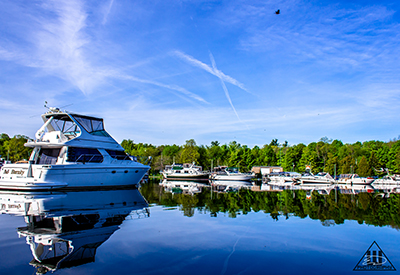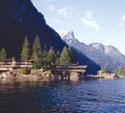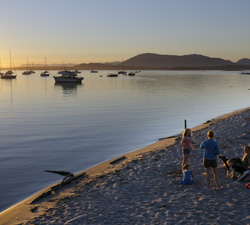A Ration of Grog
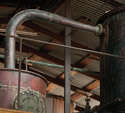
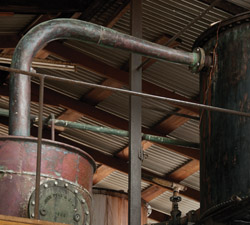 From the ubiquitous red shirts and baseball hats with the yellow map of Barbados emblazoned on them – the secret code of serious sailboat racers worldwide – to the Royal Navy tradition of serving up a thick, syrupy and brain-befuddling concoction daily to her sailors, it seems like rum and boating are synonymous.
From the ubiquitous red shirts and baseball hats with the yellow map of Barbados emblazoned on them – the secret code of serious sailboat racers worldwide – to the Royal Navy tradition of serving up a thick, syrupy and brain-befuddling concoction daily to her sailors, it seems like rum and boating are synonymous.
For what sailor worth his salt doesn’t savour a ration of grog? Almost a moral imperative.
Since one of rum’s first names was Barbados Water, it seems like the perfect starting point for our voyage of discovery.
A moss-covered stone mill built for extracting cane juice crouches beside the ruins of a plantation house. From here you can look north and almost see the plantation where they distill Mount Gay Rum.
Guests of the Mount Gay Visitor Centre are welcomed at a Bajan chattel house nestled beneath a brace of palms. The forty-five minute tour includes an audio-visual presentation inside a replica rum shop and a sample tasting.
They have been making rum since before 1703 and have garnered more than thirty international tasting awards in the process.
Soon after Columbus introduced sugar cane to the West Indies, Europe acquired a near-addictive taste for the substance. Somewhere in the process, quite by accident, a plantation owner discovered that the leftover juice fermented quite nicely when mixed with water and left in the sun.
Enter rum, though it’s good to remember that all rums are not created equal.
“Premium aged rums are complex spirits,” says Appleton’s PR director Catherine McDonald. “Check the colour and clarity. Then the aroma. And you can tell the best rums by the finish – a sort of explosion on the palate that lasts for several seconds.”
Appleton is the oldest sugar estate and distillery in Jamaica. Rum production here has been authenticated to 1749 but the estate dates back to 1655.
By 1657, rum had become popular throughout the New World. It was known as rumbullion, rumskullion or kill-devil. By the end of the seventeenth century it was a staple of the Royal British Navy.
That’s where Pusser’s, official purveyor of the fiery libation to the Royal Navy until 1971, takes centre stage. In Tortola they’ve turned Pusser’s – a corruption of the term ‘purser’ (shipboard guardian of said ration) – into a cottage industry.
And you can’t call yourself a true member of the yachting fraternity until you’ve imbibed a Painkiller (think Pusser’s et. al.) at Soggy Dollar bar on nearby Jost Van Dyke.
Unless you survive instead a ration of River Antoine Rum in Grenada. Called euphemistically ‘overproof’, you can use this stuff to clean paint brushes, but the distillery itself offers up a fascinating tour of traditional rum-making.
And in the event you don’t survive, there’s always one more nautical tradition you can share. According to legend, when Lord Nelson died they shipped his body home to England in a cask of rum to preserve it. When the ship made landfall Nelson’s remains remained. The rum was gone.
Some still call rum “Nelson’s Blood.” Ration of blood, anyone?

